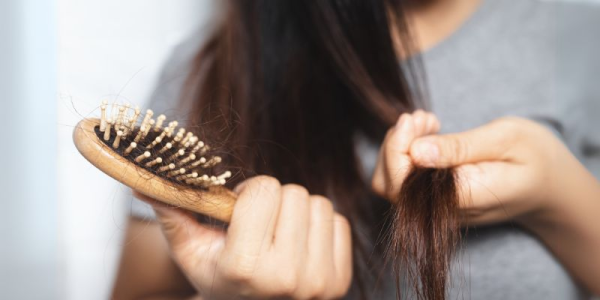Can a Hair Transplant Lead to Folliculitis?

25 September 2019

Hair Experts @ AHS

Folliculitis is inflammation that occurs due to infection of the hair follicles that can cause hair loss. Folliculitis can affect hair follicles on the scalp or in fact anywhere on the body.
What is Folliculitis?
Folliculitis is inflammation that occurs due to infection of the hair follicles that can cause hair loss. Folliculitis can affect hair follicles on the scalp or in fact anywhere on the body. folliculitis are small spots like acne with small rings of inflammation around the opening of a hair follicle, and causes soreness and itching.
Hair fibers usually are still present in the early stages of folliculitis, but as it progresses hair frequently falls out. Severe folliculitis can cause extreme inflammation that can permanently leave bald spots on the scalp and destroy the hair follicles.
So what does Folliculitis have to do with a hair transplant?
It is common to see Folliculitis occurring after a hair transplant procedure appearing within the first few weeks to about six months of the procedure.
Though few small red spots or redness in and around the transplanted area are normal, but if the complete area is filled with them, it is a cause of concern and the client must see the experts and the doctor right away.
Surgeons extract follicles from the back and sides of the scalp for transplanting during a hair transplant procedure, and place them onto the bald or thinning spots. The grafts or follicle hair may become ingrown hairs, but it is typically only for a short period and clears up itself.
But sometimes the ingrown hair become big bumps with pus, and become scratchy, that’s when they need treatment before they hinder the growth of new follicles, and damage the whole transplant procedure. If that occurs, instant treatment is needed, before the condition worsens.
However, you can treat it and can go for some preventive measures to avoid it. The treatment for folliculitis after a hair transplant procedure includes:
- Cleaning the infected area with an antibacterial soap or shampoo two to three times a day.
- The patient should avoid picking, scratching, or trying to remove any kind of crusting with their nails because that will only dislocate the grafts and can cause scarring.
- Drying it with a clean towel, without rubbing too hard.
- The patient should not apply any moisturizing products or lotions to the skin, to avoid blocking the pores.
- The client can also use acne face wash that contains benzoyl peroxide. These will clean the follicles, strip the grease out of the skin and kill bacteria.
- They should keep the affected area dry and sleep on clean sheets.
Watch this Short Testimonial Video
Conclusion
Mild folliculitis after a hair transplant procedure is nothing to worry about; it can easily be taken care of with proper medication. But the important thing is to choose the right doctor for your hair transplant procedure to avoid any severe case of folliculitis. Often surgeons place the graft or follicle hair too deep where they get buried and can cause an infection.
An experienced surgeon of Advanced Hair Studio ensures that proper care is taken during the hair transplant in Dubai so that the chances of an infection are considerably reduced.

Top Categories
Stay Updated
Subscribe to our email newsletter for helpful tips and valuable resourses
Be an influencer
Join forces with Advanced Hair Studio! Explore exciting collaboration opportunities tailored for influencers. Let's redefine haircare together.
Connect now






